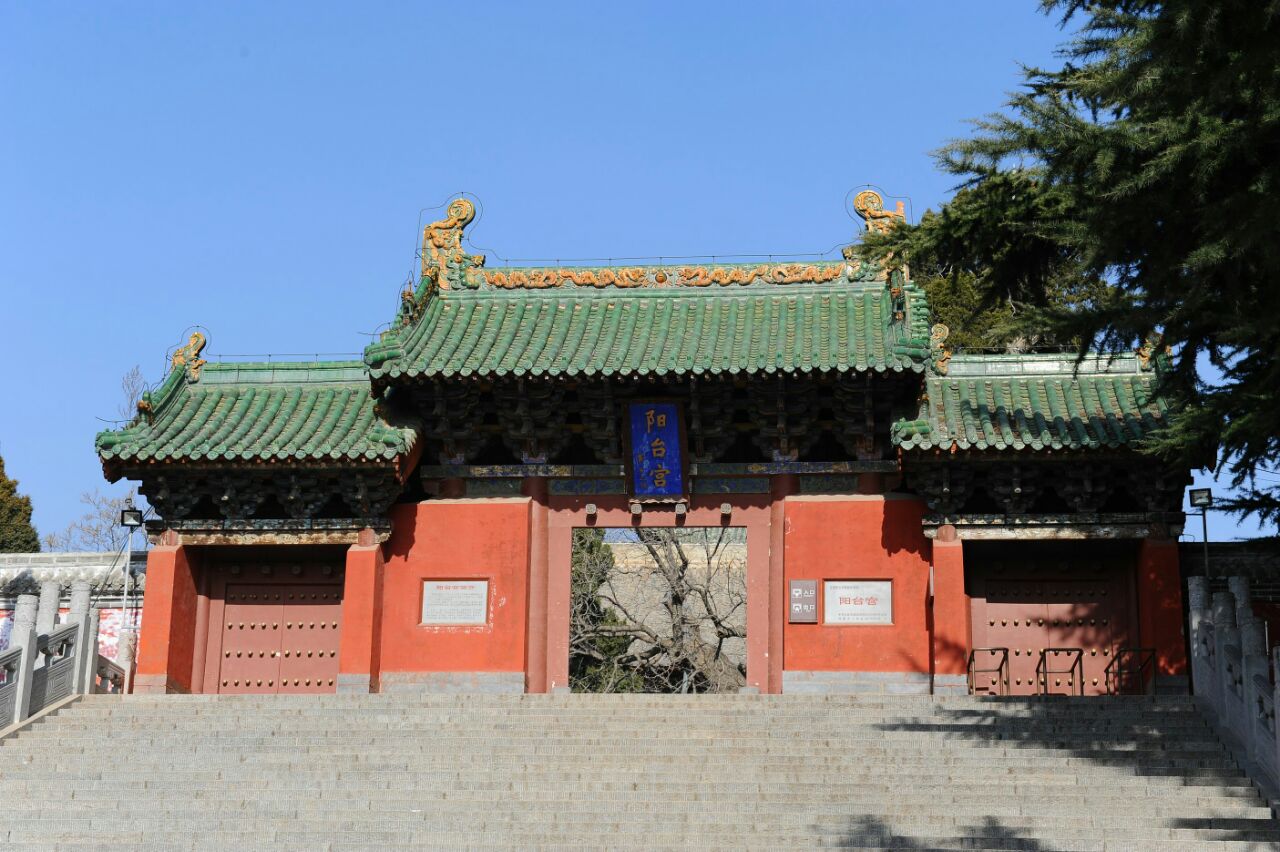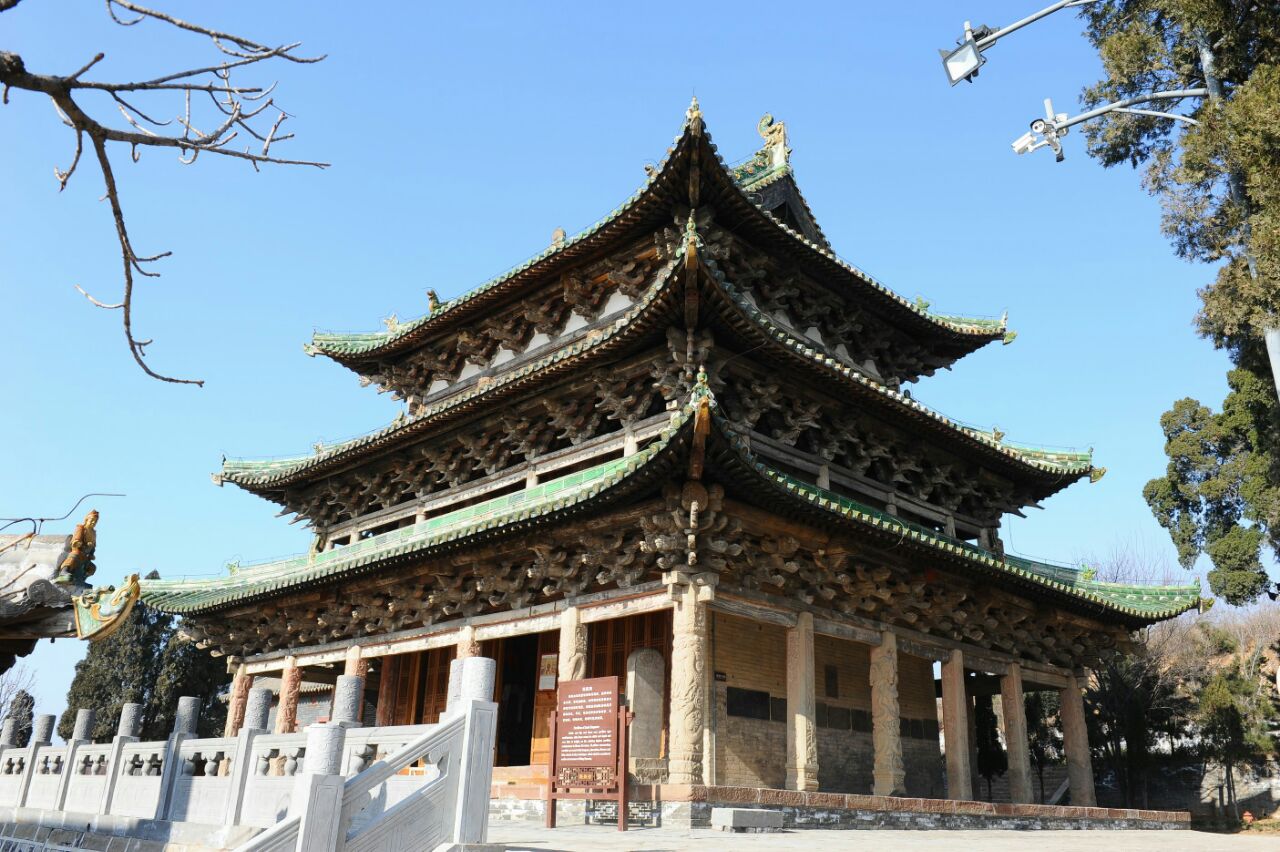Taoist Culture

Yangtai Palace

Yangtai Palace
Wangwu Mountain is one of the nine famous mountains in ancient times and the top of the ten caves. Since the founding of the Yellow Emperor Xuanyuan in China, Wangwu Mountain has set up an altar to worship the heavens, and the culture of Wangwu Mountain has been accompanied by the 5000 year civilization of China, singing along the way. During the Xia, Shang, and Zhou dynasties, Wangwu Mountain belonged to the capital of the capital city, and the original city below Wangwu Mountain was once the capital city of the Xia dynasty. During the Spring and Autumn period, Laozi practiced Taoism on Wangwu Mountain and later traveled westward to study the Tao Te Ching at Hangu Pass; Lie Yukou once traveled to Wangwu Mountain, extensively searched for fables and myths, and wrote "Liezi", which became a classic of Taoism passed down in later generations. During the Han Dynasty, Yu Ji obtained the "Taiping Jing" on the water of Quyang Spring. Wei Boyang, a Taoist priest from the Eastern Han Dynasty, once practiced at Wangwu Mountain and wrote the Book of Changes and the Tongqi, which became a classic of Taoism in later generations. During the Wei and Jin dynasties, Ge Hong, a Taoist theorist, physician, and alchemist, practiced at Wangwu Mountain for a long time and called it "the righteous spirit within.". Wei Huacun, a famous female Taoist of the same period and the founder of the Shangqing School, once practiced in Yangluo Mountain in the north of Jiyuan and wrote the Huangting Jing, which is a famous Taoist health preservation work in later generations.
Taoism was formed in the Eastern Han Dynasty. From its emergence, development, prosperity to decline, Taoist figures have been active in Wangwu Mountain in various periods, and new Taoism has emerged. Therefore, it can be said that the history of Wangwu Mountain Taoism is a microcosm of Chinese Taoist history. The prosperous Tang Dynasty was the first peak period of the development of Wangwushan Taoism. Emperor Xuanzong of Tang ordered Sima Chengzhen to take over Wangwu Mountain, and later ordered Princess Yuzhen to practice Taoism on Wangwu Mountain. He successively built Taoist temples such as Yangtai Palace, Ziwei Palace, Qingxu Palace, Shangyuan Court, and Lingdu Temple on Wangwu Mountain, establishing Wangwu Mountain as the center of Taoism in the country. Great poets such as Li Bai, Du Fu, and Bai Juyi have all climbed Mount Wangwu and left behind many poems full of immortal spirit, which greatly promoted the status and influence of Mount Wangwu. The Jin and Yuan dynasties were the second peak period of Taoism in Wangwu Mountain. Quanzhen Taoism, represented by Qiu Chuji, widely preached, established palaces and temples, and published Taoist scriptures, making Wangwu Mountain a northern stronghold of Quanzhen Taoism, further demonstrating its influence.

